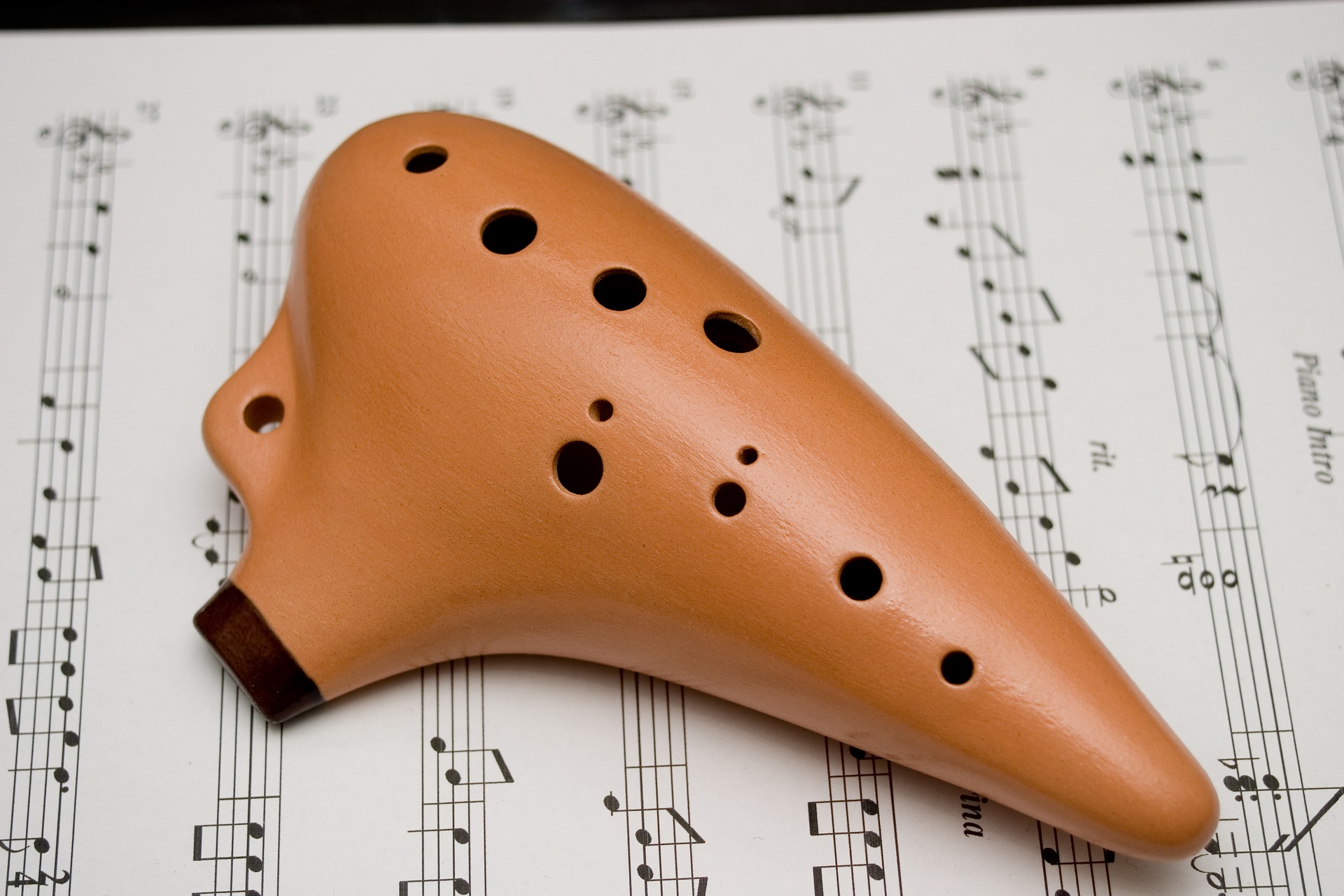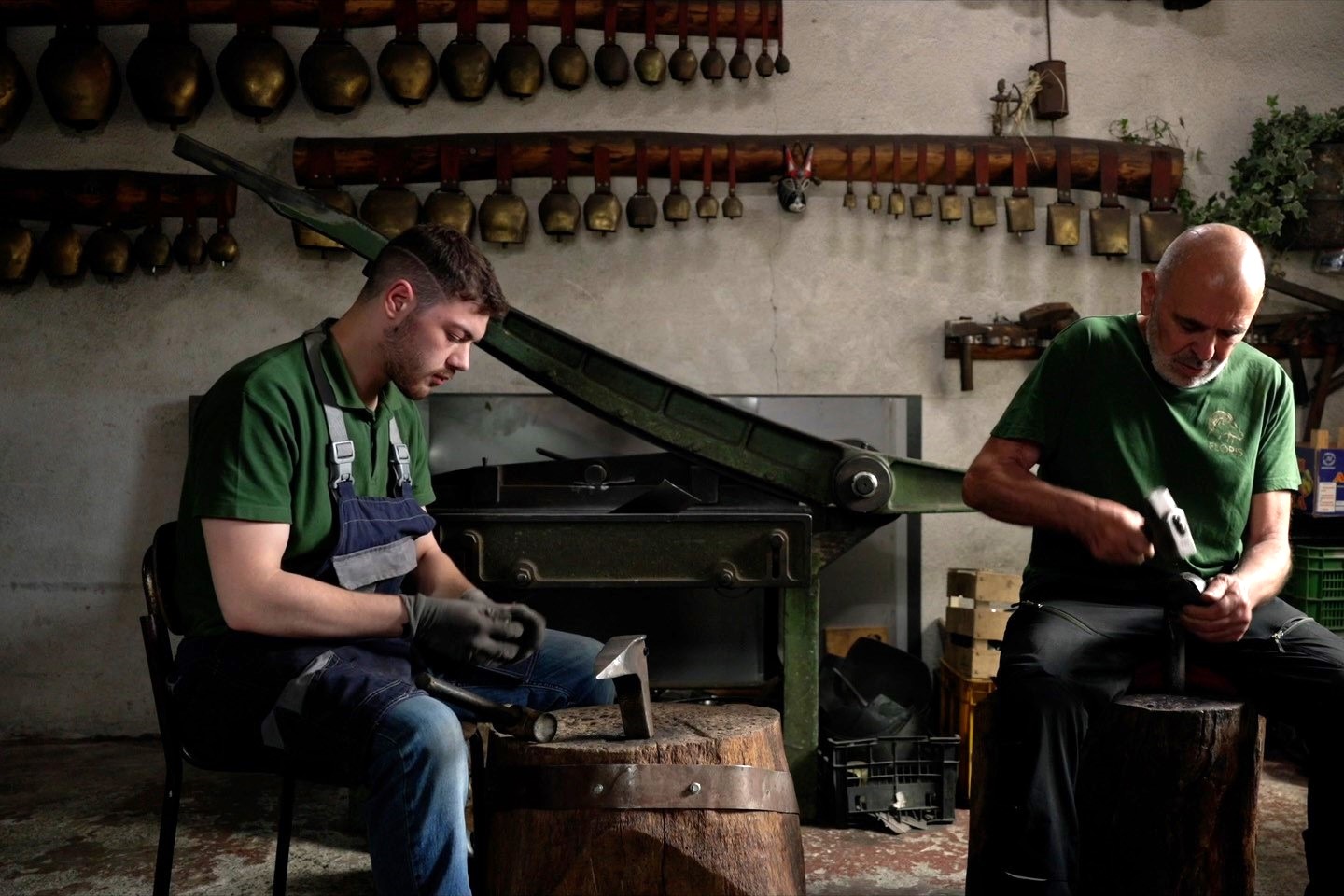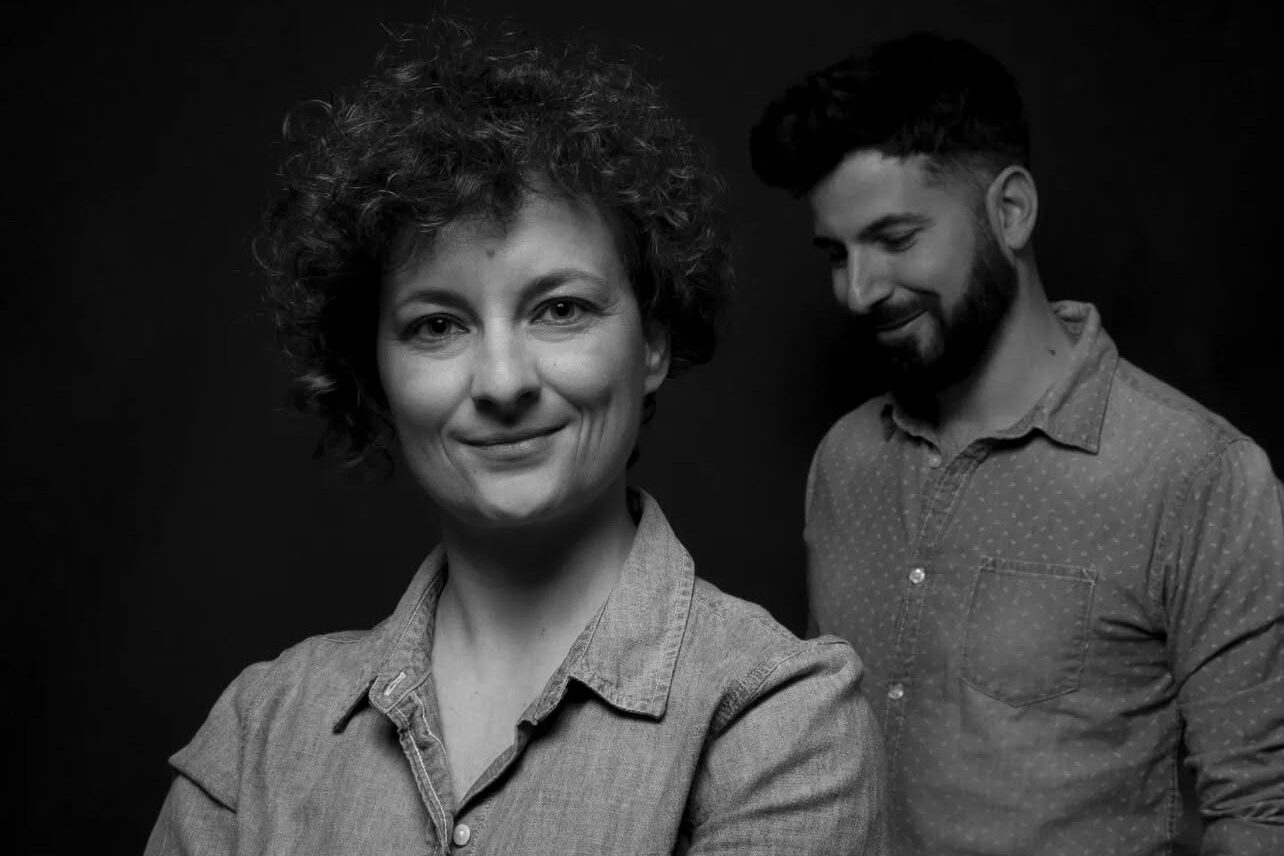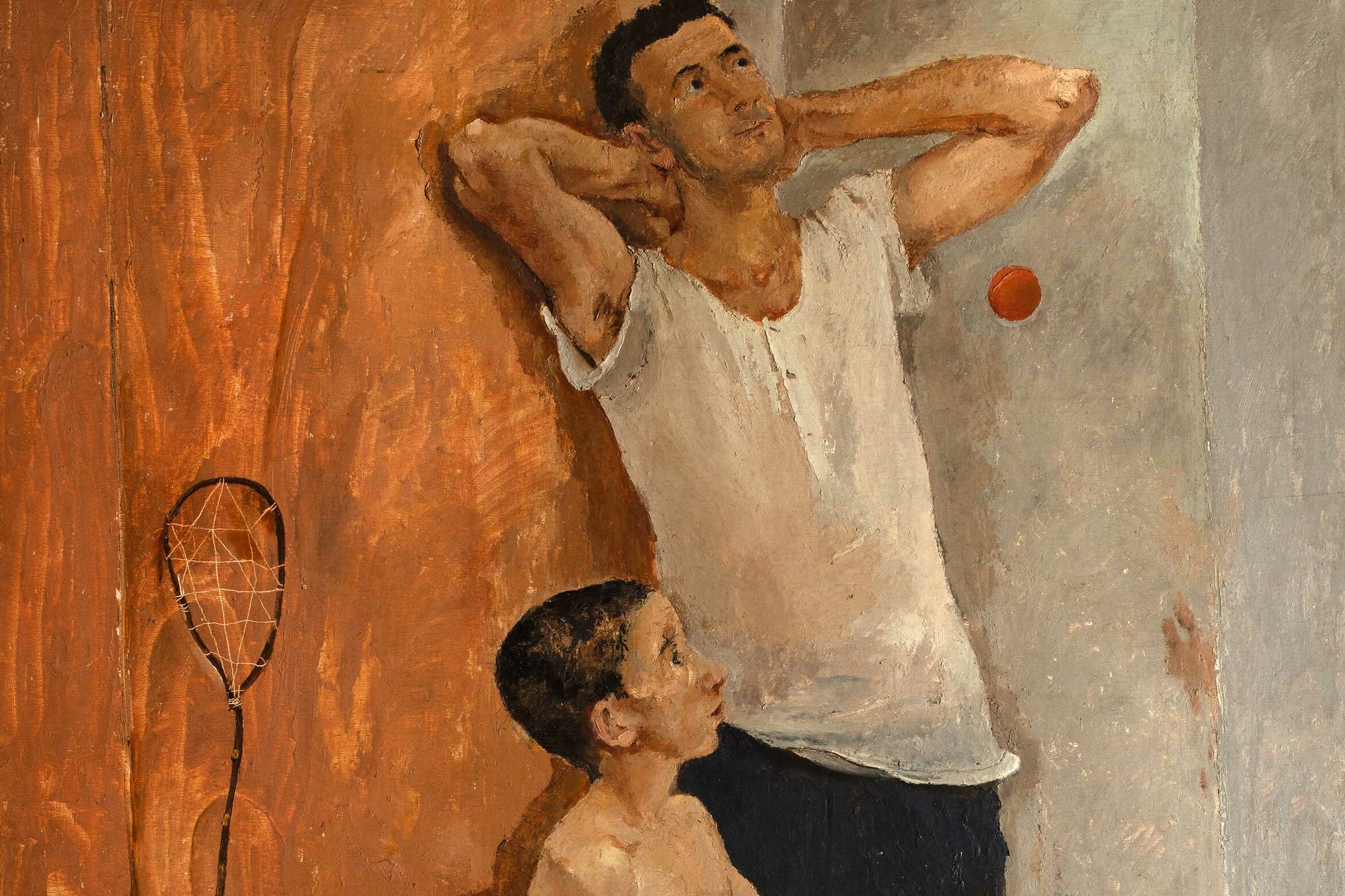Traveling around Italy is a special experience not only for the heartbreaking landscape and the gorgeous art you can find on your way. Italy’s uniqueness is also related to the chance of finding history and culture in some remote places. This is the case of five small towns that keep the tradition of exceptional musical instruments alive. We picked five towns where those instruments are produced by local artisans and require special skills for people to play them.
The harp from Viggiano
In order to find the first traces of harp musicians in Viggiano, we need to go back to the first half of the 18th century: that’s when, for the first time, local people decided to use their unique skills and expertise as well as the passion in playing the harp as a way to sustain themselves. What became a real job did not only stay as a family’s tradition but many of these musicians started to move around Italy and abroad to perform in some major cities in Europe, America, and Australia, playing popular and folkloristic music. The tradition of playing the harp was usually handed down within the family, with the father being the “maestro”. Most people used to play the small diatonic harp, with less than twenty strings, carried on their shoulders.
The bells from Agnone
Agnone, located in the Molise region, is known as “the bells town”. With only five thousand people, it stores a millennial history and a huge popularity in the world: it is known for being the site of the ancient papal bell factory, the Marinelli Pontifical Foundry. There are fourteen bells among the numerous churches of the village, while the annex museum to the factory dates back a thousand years. Once in Agnone, take a look at the artisan process of the manufacturing: this is what Pope John Paul II did in 1995, to show his gratitude for the work in producing many Vatican’s bells. The process uses molds from both wax and clay from the countryside and it lasts between three and ten months depending on the size. It always requires a local priest to bless the bronze. Before the metal, molten in the wood-fed furnaces at a temperature of 2,200 degrees Fahrenheit, is poured into the space to form the bell, workers start praying loudly and, as soon as the bell begins to cool, they exchange good wishes.
The ocarina from Budrio
There is no English word to translate the Italian “ocarina”, the ancient wind instrument with an enclosed space with four to twelve finger holes and a mouthpiece that projects from the body. Usually made from clay or ceramic, it dates back to the mid-19th century when the Italian musician Giuseppe Donati built an instrument similar to the flute but different in shape. The result brought a great success at the point that Donati and his friends launched the first Ocarinistico Budrio Group. While the interest towards the instrument grew around the world, other people originally opened their own labs in Paris and London as well as in Korea, Japan, China, Peru, and the United States. Crafting an ocarina is not an easy process, especially if made of clay: each ocarina is a handmade product of excellent artistic quality which requires a special process in order to guarantee the good intonation.
The friscaletto from Sicily
The friscaletto is an instrument similar to a flute used in Southern Italy, mainly in Sicily. It is an ancient flute, produced by a cane, similar to a bamboo one, with seven holes in the front, and two holes on the back side. The friscaletto finds its origins in the aulos, a wind instrument found in the ancient Greece and used during ceremonies in order to mark the work pace or during theatrical representations. The friscaletto is part of the bucolic world and became a symbol of life in the countryside: it was used to give relief to local shepherds, who tried to fill their time during the long hours spent waiting for their flock to come back. By playing the flute, they could find a moment to ease their mind, a sort of small prize that would reward the daily efforts. After the war, the friscaletto was eventually introduced as official instrument to be played together with tambourines, guitars, harps, especially during holidays. Today, the instrument is also found as part of the jazz tradition.
The zampogna from Scapoli
Beloved by the Roman emperor Nero, the zampogna represents both the history and the culture of the Molise region. Isernia is known as “the capital of Italian zampogne”: it is where the instrument is used in storytelling, together with folk songs and dialect poems, as well as during the holiday season. This ancient instrument was once a beloved companion of local shepherds who used to keep each other company by playing it. There is no certainty around the date of development of the instrument but, according to the legend, the zampogna already existed when Julius Caesar defeated the Britons by scaring their horses with the zampogna sound. The zampogna is especially used during winter holidays, when it is played during the nine days before Christmas day by the zampognari in front of people’s houses.






























